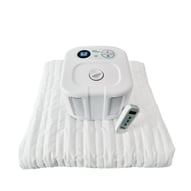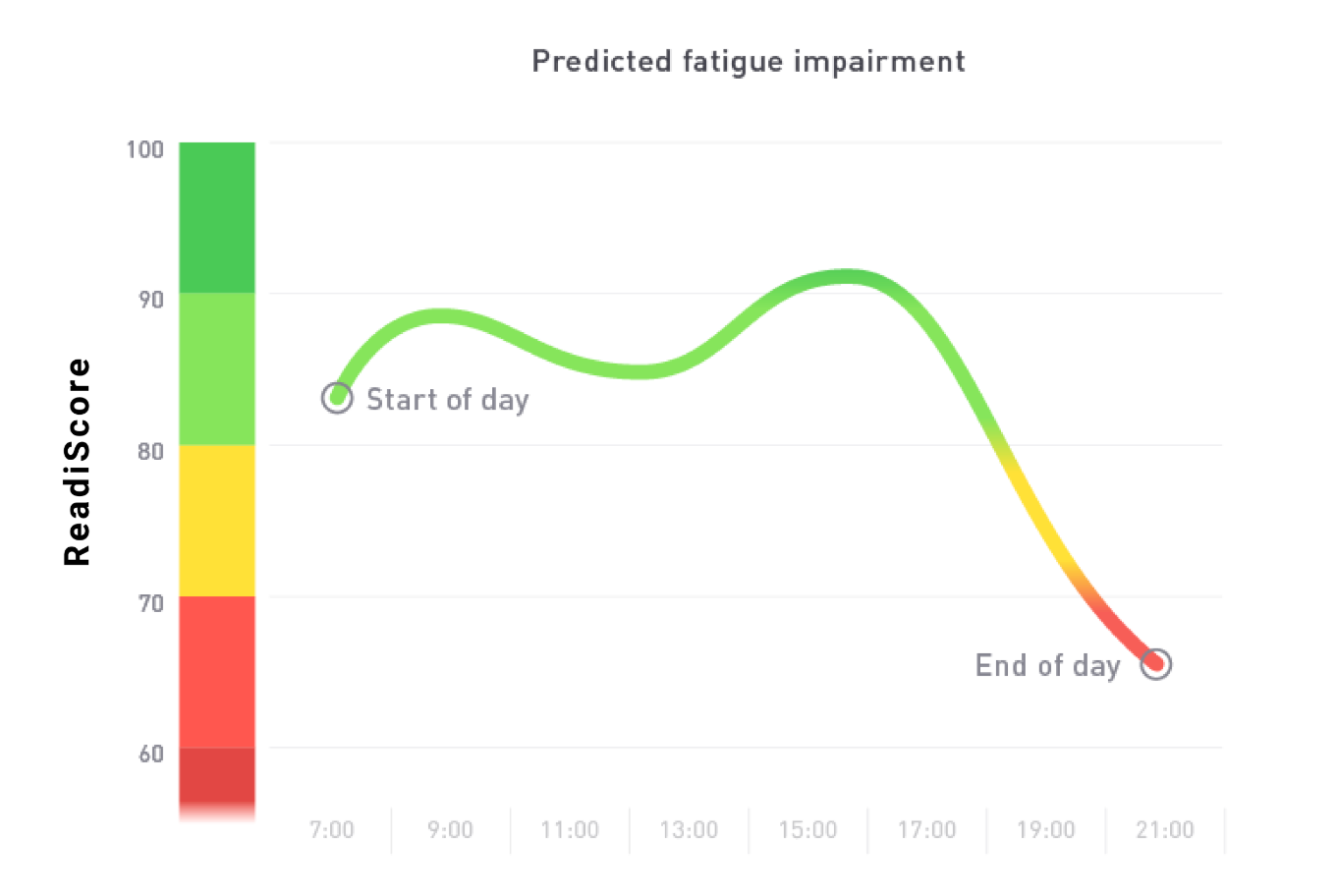
Just as your body follows a 24-hour sleep pattern, body temperature also follows a 24-hour circadian cycle. As the evening approaches, your body begins to cool in order to help prepare you for sleep at night. As the morning approaches, your core temperature rises in order to encourage wakefulness.
When temperatures become too warm in your environment, it can inhibit your body’s preparation for sleep, resulting in less efficient sleep overall. This means more periods of wakefulness after initially falling asleep. Research has shown that warm temperatures at night have a tendency to increase sleeplessness.
This all means that in warm weather, and especially in the summer, it can be difficult to fall asleep, and to stay asleep. As body temperature is one of the most important factors regulating sleep, finding a way to stay cool isn’t only important to comfort, it also impacts the rest that you receive at night. During the dog days of summer, we’re taking a look at a product that warm sleepers will find especially interesting, called the ChiliPad.
What About Options?
Chili makes a variety of products that are designed to keep you cooler at night while allowing for more restful sleep. These products range from gel pads that draw heat from your body to a hydro-powered pad with a heating and cooling system.
For their ChiliGel body and pillow pads, Chili claims a cooling period of between 3 and 5 hours. While this duration of time won’t cool you throughout the entire night, it should provide a few hours of cooling to help ease you into sleep on warmer nights.
For a more comprehensive sleep system, Chili produces the ChiliPad, which allows the user to set a temperature before sleep that will stay regulated. The ChiliPad comes in a variety of sizes and can also be purchased in models that includes multiple sleep zones for couples who have differing temperature needs during sleep.
The ChiliPad includes a control unit that cools or warms your bed using water, a hydronic pad, and a remote that allows the user to set a specific temperature. Although the control unit is powered, Chili claims that an electricity savings can be expected compared to traditional air conditioning. If you’re only cooling your bed and not your entire living space, the savings that Chili points out seems reasonable to expect.
Chili also sells an upgraded product built on the same technology as their ChiliPada called the OOLER, which promises more features and options. Instead of a remote, the OOLER Sleep System is controlled by an app that allows for customized cooling and warming schedules throughout the night.
Trying the ChiliPad for Ourselves
While Fatigue Science hasn’t conducted a scientific study of our own to test the claims of the ChiliPad, a member of our team, Karl Woll, has tried the ChiliPad for himself. Karl recorded the results of his experience with the ChiliPad while wearing our ReadiBand wearable device to track his sleep, and he came away pleased with the results.
To understand the effect of the ChiliPad on his sleep, Karl decided to use the ChiliPad for 3 nights and then compared the results against 3 nights without the ChiliPad. In order to eliminate other variables as much as possible, Karl kept a consistent sleep time, pre-sleep routine, diet, and light exposure throughout his testing.
Karl’s experience with the ChiliPad took place in the heat of summer, when it’s most difficult to regulate temperatures while sleeping. Karl describes the sleeping environment for his testing as uncomfortably hot, being an upper floor room that lacks air conditioning, with a room temperature ranging from 24°C to 27°C (72°F to 80°F). In the past, this warm sleeping environment has resulted in long awakening periods throughout the night, and a longer sleep latency.
When Karl reviewed the ReadiBand data after completing the 6 nights of his testing both with and without the ChiliPad, the results showed some significant differences in sleep patterns:

Fatigue Science Sleep Data for Karl Woll before using ChilliPad. Note fractured sleep with long periods of awakenings.

Fatigue Science Sleep Data for Karl Woll after using ChilliPad. Note long periods of quality sleep with much higher alertness through the day.
Our Results with the ChiliPad
On nights sleeping without the ChiliPad, Karl averaged 2.3 awakenings, and 45 minutes total of wake after sleep onset (WASO). With the ChiliPad, Karl averaged only 0.3 awakenings, and 5 minutes of wake after sleep onset. Not only did the ChiliPad help with initial onset of sleep, Karl found that it also helped to regulate his body temperature to ensure a more restful sleep throughout the night.
Karl also noted about the ChiliPad that it was comfortable so that he didn’t notice its presence during sleep. He found that by being able to set the ChiliPad to a desired temperature, the pad remained cool, but didn’t feel “cold.”
While not a scientifically backed test of the product, Karl’s experience with ChiliPad seems very promising. For warm sleepers and those who find that they often wake at night during the summer months, the ChiliPad could provide higher quality and more efficient sleep.
Learn More
If you’re interested in learning more about the ChiliPad, you can visit the Chili website HERE. Their How it Works page includes information about the science behind their products as well as testimonials speaking to the difference ChiliPad can make in sleep patterns.
Interested in learning more about data-driven fatigue management?
or download our free eBook on the Science of Sleep for industrial workforces



.jpg)